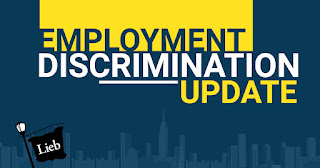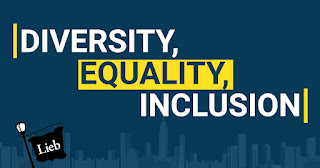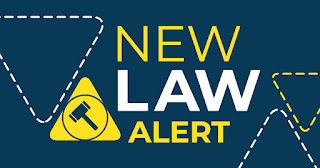According to Business Insider, Dollar General is paying their employees to get the COVID vaccine, but is that legal?
Back in 2017, the federal courts, in AARP v. EEOC, addressed the issue of paying employees for participation in wellness programs and found that both the Americans with Disabilities Act and the Genetic Information Nondiscrimination Act were violated because the incentives permitted rendered the programs not voluntary, as required by law. The incentive, at issue in the case, was "up to 30% of the cost of self-only coverage."
How does that comport with what Dollar General is now doing?
They are offering four hours of pay to their employees.
Is that too much to make participation voluntary?
Ironically, the Equal Employment Opportunity Commission is proposing a new regulation about this voluntary standard in the Federal Register for public comment. This new regulation proposes to change the 30% incentive limit (as addressed in the federal case above) to a de minimis incentive limit. In fact, the regulation gives examples of a permitted de minimis incentive, like a water bottle or modest gift card.
Isn't four hours of pay worth a lot more than a water bottle? Is Dollar General going to get sued for this program. What do you think?

















